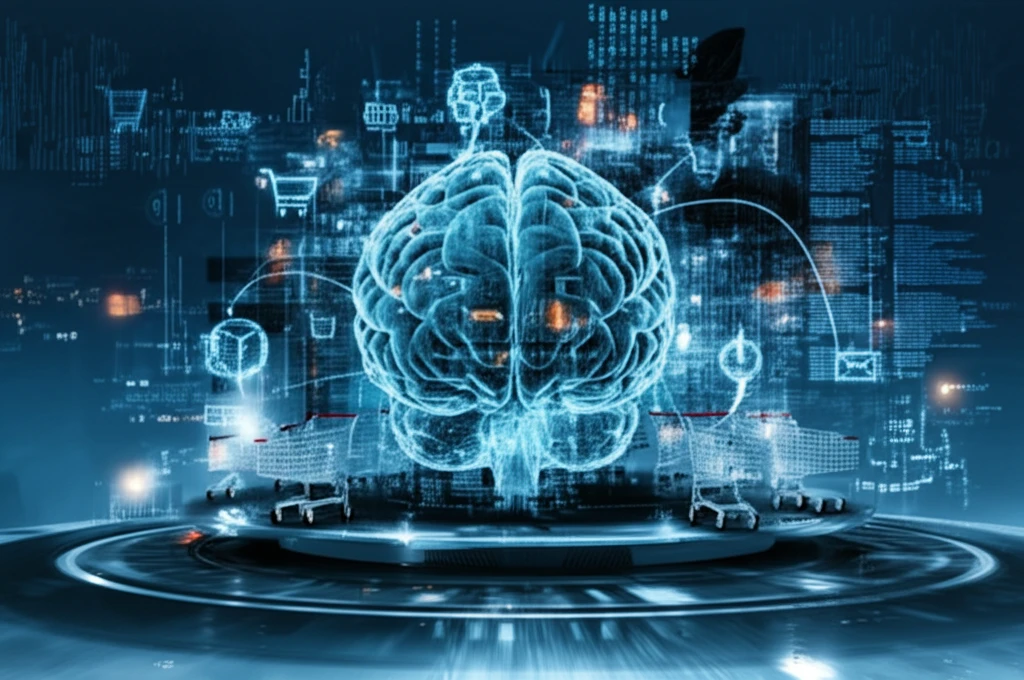
Cracking the Code: How to Make Smarter Choices When Everything Feels Random
"New research reveals a powerful way to predict consumer behavior, even when hidden factors are at play."
Why do we pick one product over another? What makes us choose a particular brand, even when others seem identical? These questions have puzzled economists and marketers for decades. Traditional models often fall short because they fail to account for the complex web of hidden influences that shape our decisions.
Imagine trying to predict someone's favorite snack. You might look at price and availability, but what about that deep-seated loyalty to a childhood brand, or the subtle influence of a perfectly placed in-store display? These 'unobserved heterogeneities' – the hidden factors that vary from person to person – can make forecasting consumer behavior a real challenge.
But what if you could cut through the noise and identify the underlying patterns, even when you can't see all the pieces? A groundbreaking study is changing the game, offering a robust new method for understanding consumer choices in a world of infinite possibilities.
Decoding the Decision-Making Process: A New Approach

The new model uses a 'semiparametric' approach. This means it combines the power of traditional statistical methods with the flexibility to adapt to unexpected patterns in the data. One of the key innovations is its ability to handle 'infinite-dimensional fixed effects' – a fancy way of saying it can account for a virtually unlimited number of hidden factors influencing consumer choices.
- Multivariate Monotonicity: The model assumes that if some products consistently get better, and others consistently get worse, consumers will shift their choices accordingly.
- Logical Contraposition: This clever trick uses inequalities in choice probabilities to identify restrictions on the model, helping to pinpoint the key factors driving decisions.
The Future of Choice: Smarter Insights, Better Decisions
This new research isn't just an academic exercise. By providing a more accurate way to predict consumer behavior, it has the potential to transform marketing strategies, inform policy decisions, and even help us understand our own choices better. As the world becomes increasingly complex, tools like this will be essential for navigating the sea of options and making smarter decisions, every time.
